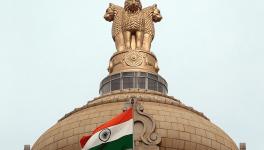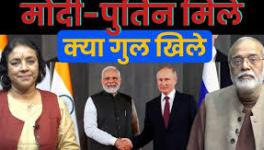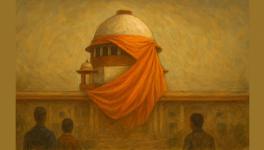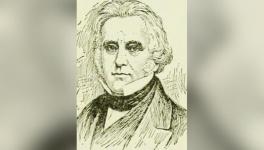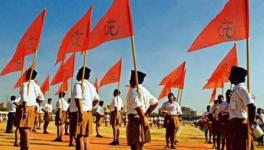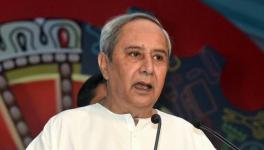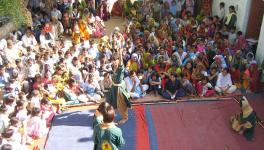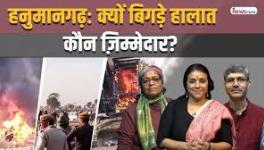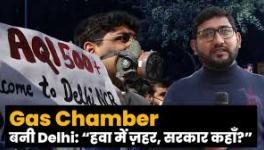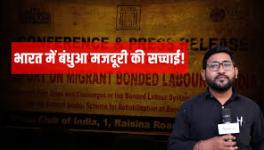Malegaon Blast Judgement: Crime & (No) Punishment
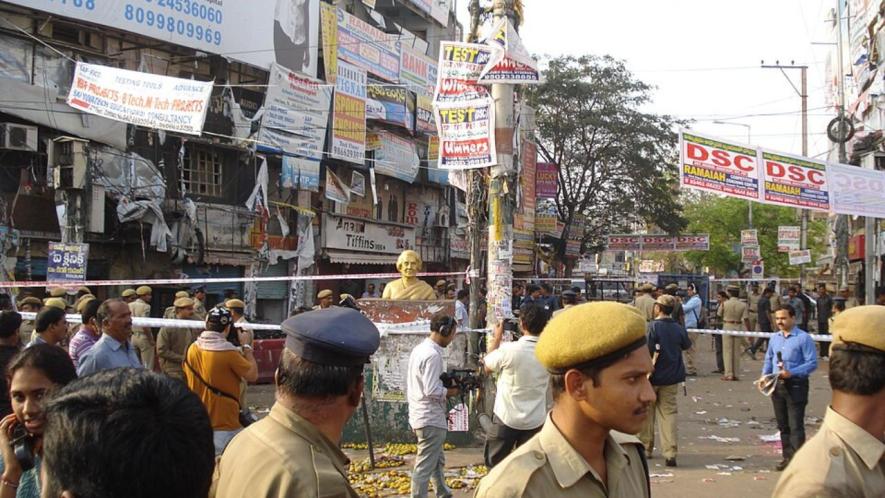
Representational Image. Image Courtesy: Wikimedia Commons
The long-awaited verdict on the Malegaon blast of 2008 was delivered by a special court in Mumbai. The judgement has acquitted all seven accused in the Malegaon blasts case, which came as a blow to the victims and celebrations to the Hindutva camp.
Many were anticipating this type of verdict and it was no surprise to them, as during the period of the past 17 years the investigating agencies did change the track, particularly after 2014.
The Malegaon blast was carried out by a group which used a motorcycle. The RDX used in the bomb blew up at a time when a gathering of Muslims was there and killed six people and injured over a hundred people. This happened in the month of Ramzan. Former Bharatiya Janata Party Member of Parliament from Bhopal, Pragya Singh Thakur, a serving Army officer Lt. Colonel Prasad Shrikant Purohit, Retd Major Ramesh Upadhyay were among the seven accused who were named arrested.
Initially, the Malegaon blasts case was with the Maharashtra Anti-Terrorism Squad (ATS). Later, the National Investigation Agency took it over in 2011.
In its judgement, the court observed that there was a strong suspicion about the accused being involved but the prosecution had not been able to prove it beyond doubt, so all the accused are being acquitted.
There was a strong appreciation of the judgment from the Hindu Right, who also accused the Congress for setting the narrative of “saffron terror.
Trajectory of the Probe
There are some points of the trajectory of the investigation that need to be kept in mind while making an opinion on this. Police officer Hemant Karkare, who investigated the case and headed the ATS, began with the motorcycle of Pragya Thakur, an ex-Akhil Bharatiya Vidyarthi Parishad (ABVP) activist. The trail led to these accused and they were arrested. (ABVP is affiliated with the Rashtriya Swayamsevak Sangh or RSS.)
One of the early blasts in the area was the in Nanded in April 2006. A bomb exploded in the house of one Rajkondawar. The reason was that a bomb was being assembled in the house and due to some mishandling, it exploded. The incident was investigated by a citizens inquiry team under the leadership former Rashtra Seva Dal president, Suresh Khairnar. Two youths, Himanshu Panse (27) and Naresh Rajkondwar (26), died on the spot ,and three, Yogesh Deshpande (24), Maruti Wagh (23) and Gururaj Tuptewar (25), were badly injured. The flag of Bajrang Dal was flying over the house. At the site, a fake beard and moustache and pajama-kurta were also found.
Around this time, some explosions also took place in Parbhani, Panvel and Jalna.
In the case of the Malegaon 2008 blast, as Karkare was doing meticulous investigation and arresting the accused, the ally of BJP, the united Shiv Sena Chief Bal Thackeray in his paper Saamna wrote that , “We spit on Karkare” for his anti-Hindu activity. BJP leader L K Advani, then the Leader of Opposition, said that the accused were being tortured.
In the 26/11 Mumbai terror attack in 2008, Karkare was killed, after which Narendra Modi, who was then the Chief Minister of Gujarat, rushed to Mumbai with a cheque of Rs 1 crore for Karkare’s widow, who politely declined to accept it. The same Modi had accused Karkare of doing things “against national interests” because he had arrested Pragya Thakur and company. Now, Karkare was being presented as a martyr after being killed.
As he was investigating the Malegaon case; due to such comments from different Hindutva quarters, Karkare went to Julio Ribeiro (former Mumbai Police Commissioner), his peer, and an upright professional. Ribeiro appreciated his forthright work and asked him to continue his work in a professional manner.
After the tragic death of Karkare, Pragya Thakur had her own version of the story. Applauded by BJP leaders who surrounded her during a press-conference, Thakur described Karkare as “anti-national” and “dharamvirudh” (anti-religion). “You won’t believe, but I said, ‘tera sarvanash hoga’ [You will be destroyed],” she said. “Just after sawa mahina [one and a quarter month], terrorists killed him.”
In the other cases of terror blasts (Ajmer, Mecca Masjid and Samjhauta Express) Swami Aseemanand was arrested. After his arrest, he confessed to his crimes in front of a Metropolitan Magistrate. The confession was voluntary and was recorded under Section 164 of the Criminal Procedure Code before Metropolitan Magistrate at Tis Hazari Courts in Delhi on December 18. Swami’s statement was recorded after 48 hours of judicial custody to ensure that no sort of pressure or intimidation was working on the mind of the confessor.
In this statement, Swami Aseemanand confessed that he and other Hindu activists were involved in the bombings at Muslim religious places because they wanted to answer every Islamist terror act with “a bomb for bomb’’ policy.
A bit later, he retracted the statement, alleging it was given under coercion. This came as a big surprise as one knows that statements given in front of police authorities can be under pressure or coercion, but in front of a judge it is another matter. His 48- hour judicial custody was time enough to consider all aspects of the issues involved. It seemed more of a turning around, an afterthought, to protect his associates and parent organisation. Swami Assemanand, after accepting legal assistance, retracted the statement.
These confessions were published in Caravan magazine, which created a lot of turmoil. Immediately, Swami retracted the content of the interviews he gave to the Caravan reporter. The reporter and the editor of the magazine have stood by their version and have also released parts of the audio tapes to authenticate the interview’s contents.
This Caravan story not only reconfirmed most of what Swami Assemanand had confessed in the court but added other dimensions also.
The Caravan report points out (The Believer: Swami Aseemanand’s radical service to the Sangh, by Leena Gita Reghunath| 1 February 2014.
The other major verdict in recent times was that related to the train blasts in Mumbai. In this, the Muslim accused were released, declared ‘not guilty’ and the government immediately appealed against judgement.
In the Nanded judgement case, there is wide celebration in the Right-wing camp and no talk of appealing against it by the government.
Interestingly, just before the date of the Malegaon judgement, Union Home Minister Amit Shah declared in Parliament that a “Hindu can never be a terrorist”, thereby associating terrorism to religion. He deliberately forgot Godse (Gandhi’s killer), Dhanu (Rajiv Gandhi’s killer) and so many other terrorists whose religion is Hindu. But surely, terrorism has nothing to do with any religion.
The writer is a human rights defender and a former professor at the Indian Institute of Technology, Bombay. The views are personal.
Get the latest reports & analysis with people's perspective on Protests, movements & deep analytical videos, discussions of the current affairs in your Telegram app. Subscribe to NewsClick's Telegram channel & get Real-Time updates on stories, as they get published on our website.









